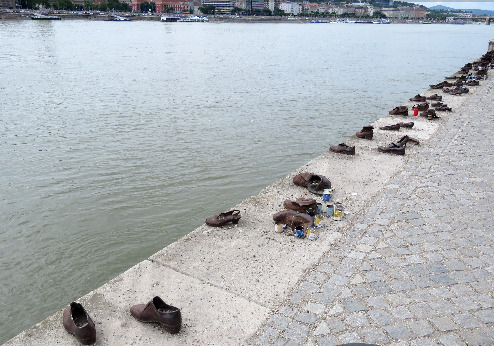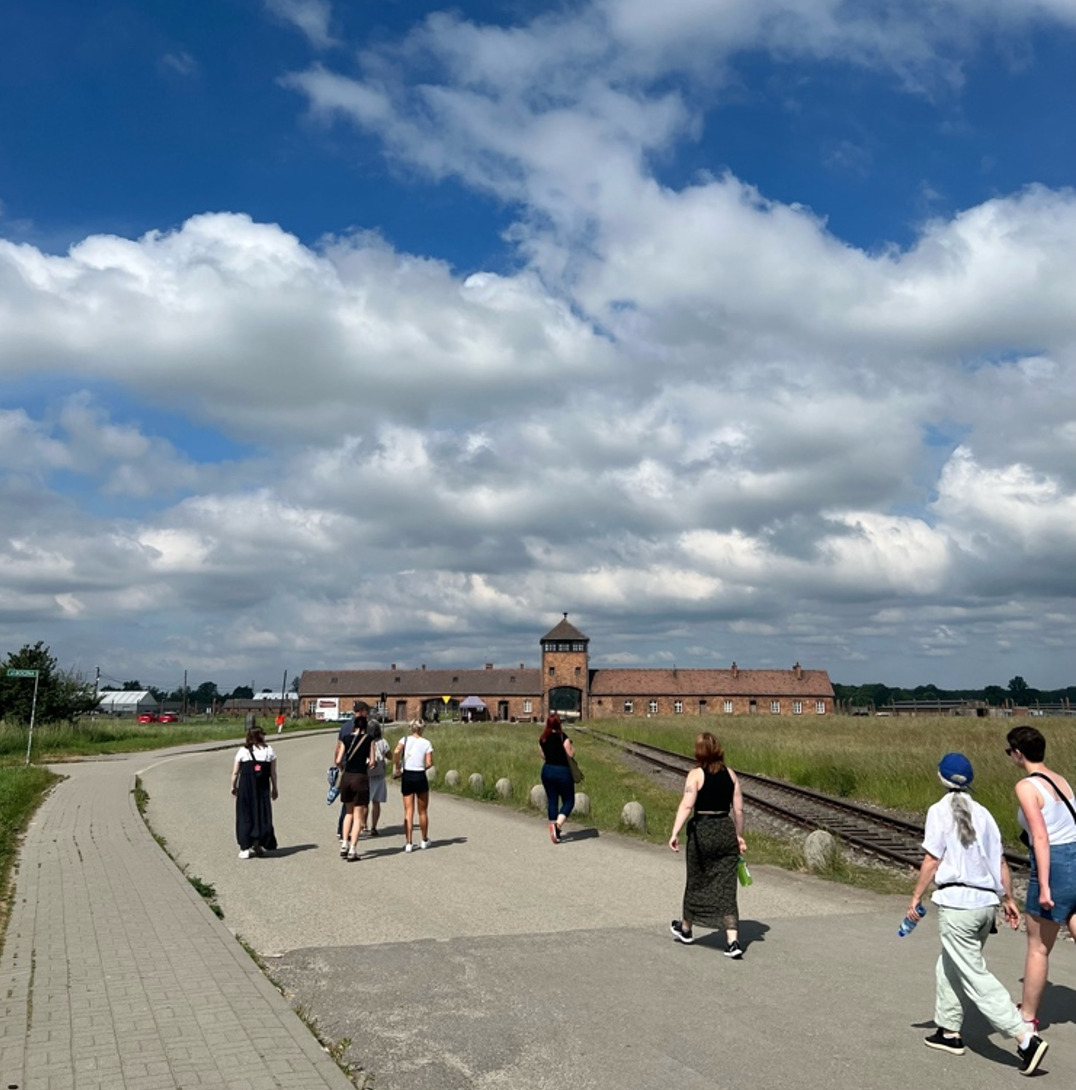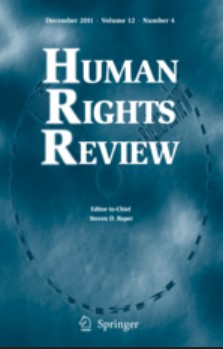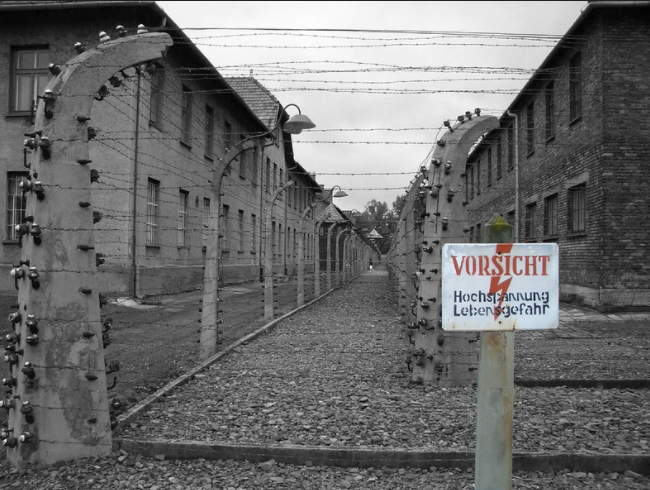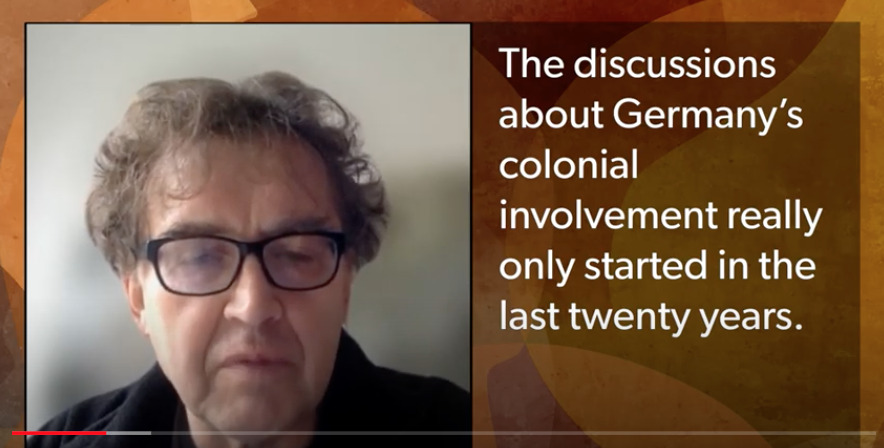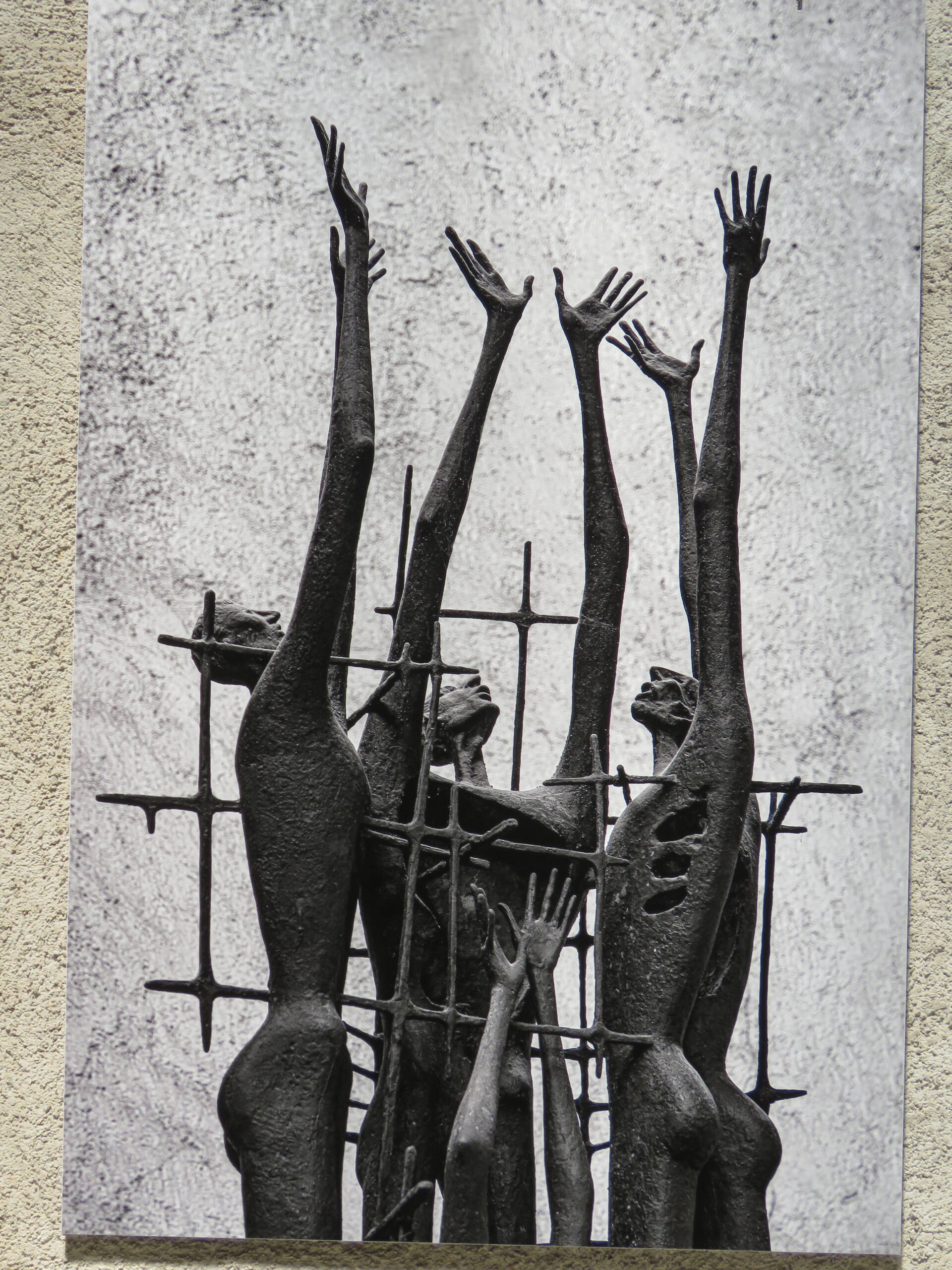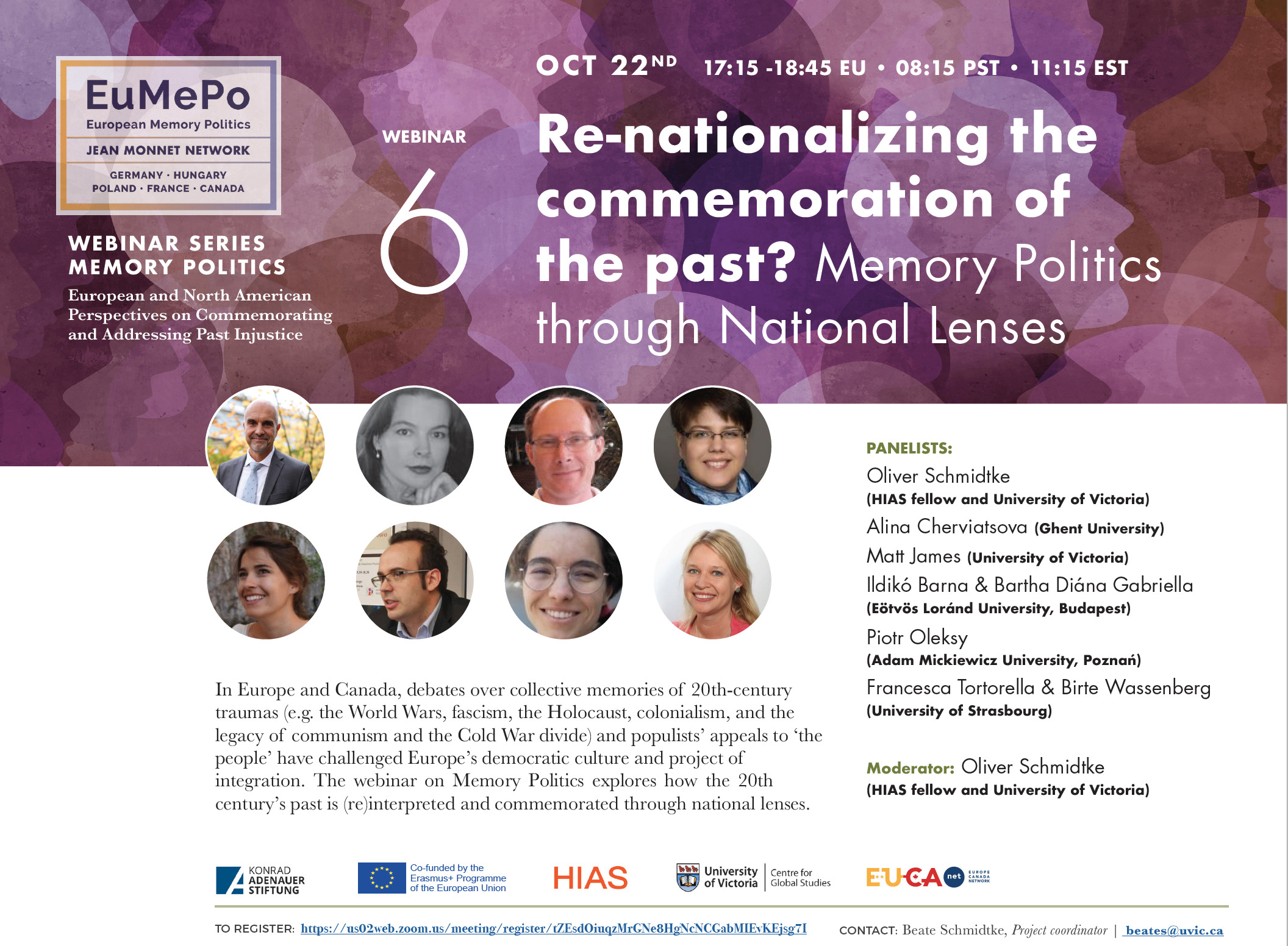Learning about the Fascist Past: Hungary’s current approaches
For undergraduate student from UVic, travelling to and learning about Hungary opens up the opportunity to gain insight into the history and politics of a country that is not well known to most Canadians. I came to Budapest with little understanding of Hungary’s history and in particular the controversial role the country played during World War 2. The first memorial that our field school visited in Budapest was the Shoes of the Danube River in the centre of the city. It commemorates the over 3500 people (many of them Jews) that were killed by Hungary’s fascist group, the Arrow Cross Party, in 1944-45. When visiting the site, we were invited to use an app called I-walk, an online tour guide filled with testimonies, information and reflection questions. Upon arrival, I felt that I had a good assumption of what occurred at this spot. Yet, when reading the only plaque made available to the visitors, I found myself confused. The plaque only says “To the memory of the victims shot into the Danube by arrow cross militiamen in 1944-1945”. Realizing that the perpetrators had more of a description than the victims opened my eyes to how this country has commemorated this period of the country’s history with a strong emphasis on those who committed the crimes. In contrast, with the I-walk we heard many stories about what happened to the Hungarian Jews being brutally terrorized and killed by the Arrow Cross Party (a group created by Ferenc Szalasi in the tradition of radical fascist actors across Europe at the time).
The information associated with the memorial led me to do additional research on the political context of what happened on the Budapest river bank: I learnt that Hungary joined the Axis alliance in 1940 and was closely aligned with Nazi Germany. Accordingly the country’s anti-Semitic legislation was based on Germany’s 1938 Nuremberg Race Laws. The visit of the memorial on the Danube combined with our visit to the Museum of Terror highlighted a particular official narrative about the past in Hungary: The Arrow Cross Party was primarily blamed for the crimes without providing much context for where this political actor came from or how it was supported by Hungarian society. At the same time, in the state-sponsored narrative there is little attention drawn to the victims themselves, their stories and suffering. Analyzing this way of showcasing the country’s history sparked my curiosity as a student of sociology: This way of portraying Hungary’s dramatic history during World War Two speaks to the nationalistic agenda of Viktor Orban, Hungary’s current prime minister. Under his leadership telling the country’s history means focussing on the ‘heroic’ fight against communism and not leaving much room for Hungarians’ complicity with the fascist regime.
Something else that touched me were some encounters with local youth. For instance, I spoke with a young man about his perception of Hungary’s current political state and his expectations for the country’s future. He mentioned how the nationalistic atmosphere is seen as normal and basically unchangeable. Furthermore, he pointed out that not many Hungarians would visit memorials such as the House of Terror due to the overall political mood emphasizing (nationalistic) pride in Hungary. Grassroots movements challenging the state’s narrative are much less present publically than what we encountered, for instance, in Vienna. Austria’s commitment to teach the history of what happened during World War Two is also much more widespread and genuine than in Hungary.
When reflecting on my experiences related to the visit of the memorial Shoes of the Danube River I thought about how exciting and fruitful the I-walks app could be in Canada. Exploring the app, I realized that there are only guided tours in Toronto, nowhere else in Canada. However, all over Canada there are Indigenous sites that would need to be acknowledged and respected. For example in Victoria, I am aware that there are many unmarked burial sites of Indigenous peoples (like the one in Uplands Park) and other important sites, which have no markings at all. With the I-walk app, knowledge about the history of Canada, sites of commemoration and past injustices could be made easily available. It could make first-hand information and engaging testimonies accessible to large audiences, creating a new and attractive tool for public education.
Alissa Schmidtke is a second year Sociology student at the University of Victoria.
